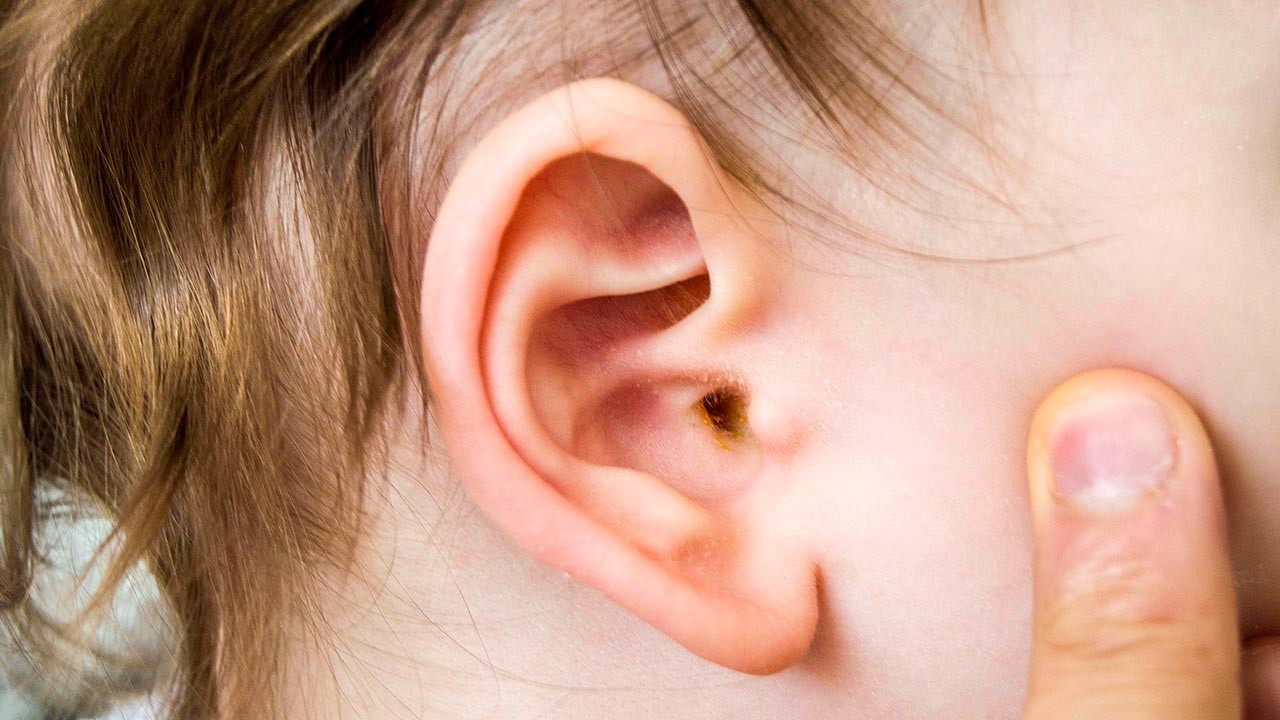At times experiencing chest pains, shortness of breath, and difficulty breathing can be confusing because the same symptoms are also present in some respiratory conditions. Therefore, seeking medical advice is always recommended to help determine which condition you might be suffering from because the same symptoms are also present in coronary artery disease. Below are essential details you should learn about coronary artery disease in Plano to help treat and manage it before complications arise.
Causes of coronary artery disease
The major cause of coronary artery disease is atherosclerosis. Atherosclerosis refers to the accumulation of plaque in your arteries. A plague can be made up of fatty substances, calcium deposits, cholesterol, waste products, or fibrin which is the clot-making substance. As plaque builds up in the artery wall, they become narrow and stiff. This narrowing of your arteries can stop or limit the blood flow to the heart muscles, thus reducing blood, nutrients, and oxygen supply in your heart, resulting in ischemia. Low blood supply to the heart muscles can cause chest pain or discomfort, a condition known as angina. It also increases your risk of having a heart attack.
The symptoms of coronary artery disease
Chest pain and discomfort or angina are the most common symptoms of coronary artery disease. Angina is due to narrowed arteries of your heart. When the narrowed arteries block blood flow to the chest muscles, you experience chest pain. However, most people will know they have coronary artery disease after a heart attack. Symptoms of heart attack are:
- Light-headedness, weakness, cold sweat, or nausea
- Discomfort or pain in the shoulders or arms.
- Angina or chest pain
- Shortness of breath
With time coronary artery disease can weaken your heart muscles leading to heart failure. Heart failure is a serious heart condition where your heart can no longer pump blood as required.
How can coronary artery disease be diagnosed?
Initially, the health care provider performs a thorough physical examination and reviews your medical history. He also enquires more about the symptoms you are experiencing to help him come up with a diagnosis. He also orders some lab tests to help him rule out other possible health problems. The doctor can also perform some diagnostic tests like an echocardiogram or electrocardiogram. The role of an electrocardiogram is to monitor your heart’s electrical impulses. An echocardiogram is used to produce images of your heart using sound waves. The two tests are performed to help detect any abnormalities with the ability of your heart to pump blood.
Treatment of coronary artery disease
Most specialists recommend conservative treatment for coronary artery disease. For instance, one can benefit from eating healthy foods, exercising regularly, quitting smoking, and reducing stress. However, if no improvement is noted or if your symptoms worsen, you can benefit from drugs like cholesterol-modifying drugs, calcium channel blockers, or beta-blockers. In severe cases, surgery may be performed. Some of the surgical procedures that can be performed include coronary artery stent, open-heart surgery, coronary artery bypass surgery, ischemic cardiomyopathy intra-aortic balloon pump, percutaneous transluminal coronary angioplasty, or intervention impella heart pump.
Coronary artery disease affects how you take part in your daily chores because you experience sharp pain and pressure within your chest. It Is important to learn how to prevent it by adopting a healthy lifestyle. If you are interested in learning various ways to prevent coronary artery disease, book your appointment at Heart and Vascular Care today.



